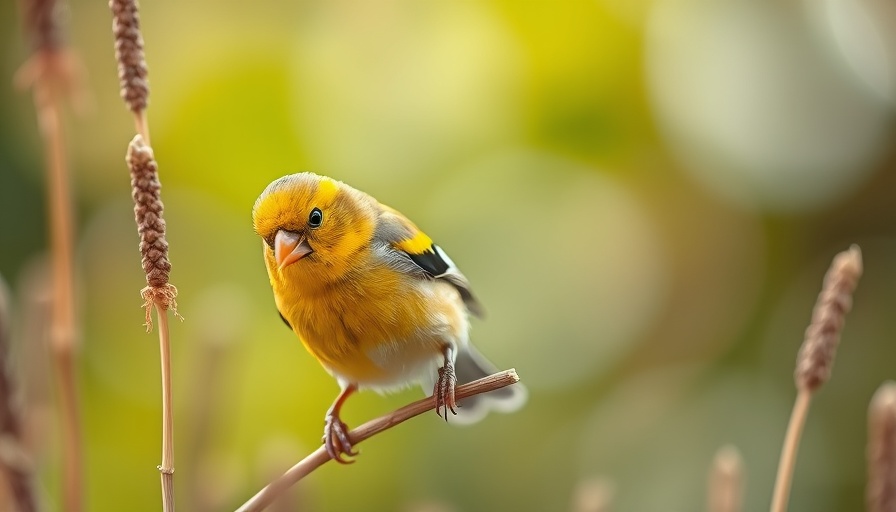
Understanding Hummingbird Departures in Ohio
The Ruby-throated Hummingbird, the only species that breeds regularly in Ohio, typically arrives in the state from mid to late April and departs by early October. This arrival and departure is a key moment in the year for bird lovers eager to support these aerial visitors. Once they leave, many Ohioans find their backyards quieter until spring.
What Drives Their Seasonal Migration?
Migration timing for Ruby-throated Hummingbirds is closely linked to environmental changes, particularly the length of daylight. As days shorten in late summer, hormonal shifts prompt these birds to begin their lengthy journey south. Surprisingly, while food availability influences the exact day they leave, the instinct to migrate aligns closely with these biological cues. So, for birders wondering if keeping feeders full can delay departure, the answer is no; it encourages younger birds to gather energy.
The Departure Window: Timing Is Key
Birders in Ohio will notice a gradual decline in Ruby-throated Hummingbird numbers from late August through September. Adult males are generally the first to head south, often leaving one to two weeks before their female counterparts and juvenile birds. Keeping feeders stocked into October is essential, as it ensures that late migrating juveniles receive the necessary sustenance to fuel their journey home.
The Importance of Hummingbird Feeders
For many backyard enthusiasts, the bittersweet season of hummingbird departures is made easier with the knowledge that they can provide a haven for these migratory birds. In Ohio, maintaining feeders until mid-October greatly supports those birds still on their journey. Providing energy through sugar-water feeders fosters a space where they can recharge before the arduous trip across the Gulf of Mexico.
Birding Joy: Encouraging Nature’s Dancers
The excitement of seeing a hummingbird hover at your garden feeder is unparalleled. Sharing insights on the timing of their departure not only educates fellow bird lovers but also enhances the overall experience of bird watching. As we grow to understand our Ruby-throated visitors better, we support their migration and celebrate these fleeting moments in our gardens.
 Add Row
Add Row  Add
Add 




Write A Comment